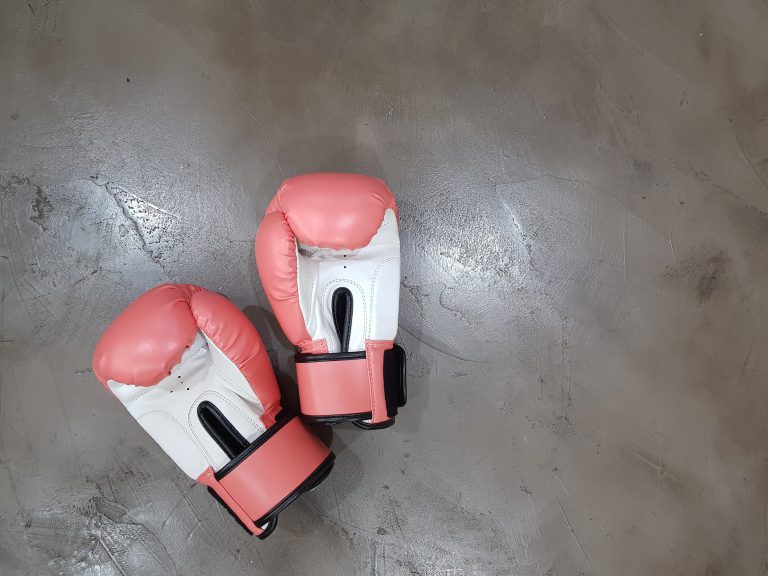Karate Framework Reviews: A Comprehensive Overview
Karate is an open-source API testing framework that is designed to make testing HTTP-based API calls easier. It is written in Java and allows users to write automated tests in a relatively easy and intuitive way. Karate framework can be used for any type of API testing, including RESTful, SOAP, and GraphQL APIs. In this post, we take a closer look at Karate framework, its features, and its benefits.
What is Karate Framework?
Karate is an open-source, integrated testing framework that enables developers and testers to perform functional, performance, and security testing for APIs. It is built on top of the Cucumber-JVM testing framework and is designed to be a simple yet powerful tool for testing APIs. It can be used to write API tests in a BDD (Behavior Driven Development) format, which helps to make tests more readable and easier to understand.
Why Use Karate Framework?
There are several reasons why Karate framework is an excellent choice for API testing, including:
1. Easy to learn and use:
Karate framework is written in Java, one of the most widely used programming languages in the world. As such, most developers are already familiar with Java, making it easier for them to learn and use Karate. Additionally, Karate provides a simple, declarative syntax that makes it easy to write tests without having to worry about the technical details of HTTP requests and responses.
2. Comprehensive API testing features:
Karate provides a comprehensive set of API testing features, including support for RESTful, SOAP, and GraphQL APIs. It also includes built-in support for assertions, data-driven testing, and parallel test execution.
3. Integration with other tools:
Karate integrates with other tools and frameworks commonly used by developers, such as Maven, Gradle, and Docker. This integration makes it easier to incorporate API testing into your overall CI/CD workflow.
4. Active community:
Karate has an active and supportive community of developers who are constantly contributing new features, improvements, and bug fixes. This community support ensures that Karate remains up to date and relevant for years to come.
How to Use Karate Framework?
Getting started with Karate framework is relatively easy. To use Karate, you will need to:
1. Install Java:
Karate is built on top of Java, so you will need to have Java installed on your machine to use Karate. You can download and install Java from the official website.
2. Download and install Karate:
You can download and install Karate from the official website or add it as a dependency in your project using Maven or Gradle.
3. Write your first test:
Once you have installed Karate, you can write your first API test. Karate tests are written in a BDD format, so you will need to create a feature file that describes the behavior of the API you are testing. You can then define the steps for the test using the Karate syntax.
Karate Framework Reviews
Karate framework has been widely used across various industries, and developers and testers are generally impressed with its features and usability. Here are some reviews from the Karate community:
– „Karate has changed the way we write API tests. It’s easy to learn and use, and the BDD format makes our tests more readable and maintainable.“ – John, Software Developer.
– „We have been using Karate for API testing for several months now, and we are impressed with its performance and reliability.“ – Emily, Quality Assurance.
– „Karate framework is a game-changer when it comes to API testing. It has a comprehensive set of features that makes testing simple and fun.“ – David, DevOps Engineer.
FAQs on Karate Framework Reviews
Karate is a popular open-source framework that provides an easier way to test web services. It allows developers to write tests in a simple and readable format using a Domain-Specific Language (DSL). However, with several testing frameworks available, it can be overwhelming to choose the right one for your project.
If you are considering using Karate for your next project and are looking for answers to some common questions, then you have come to the right place. In this post, we’ll address some frequently asked questions about the Karate framework.
1. What is the Karate framework?
Karate is an open-source tool that is used to automate testing of web services. It is built on top of Cucumber-JVM and provides a Domain-Specific Language (DSL) that makes testing web services simple and readable. With Karate, you can write tests in a feature-file format with little or no Java code.
2. How does Karate compare to other testing frameworks?
Karate offers some unique features that differentiate it from other testing frameworks, such as:
- A simple and readable DSL that allows for easier collaboration between developers and other stakeholders.
- Built-in support for JSON, XML, and GraphQL without requiring any additional libraries.
- Support for data-driven testing with CSV and JSON.
- Easy integration with Continuous Integration (CI) tools.
- Parallel execution of tests, saving time on testing.
3. Is the Karate framework suitable for all types of projects?
Karate is specifically designed for testing web services, APIs, and microservices, making it a suitable choice for projects that involve these technologies. If your project involves other types of testing, such as UI testing, then Karate may not be the right choice.
4. What programming languages does Karate support?
Karate is built on top of Cucumber-JVM, which means it is based on Java. However, it also supports a range of other programming languages such as Kotlin, Groovy, Scala, and JRuby.
5. Is Karate easy to learn?
Yes, learning Karate is relatively easy, especially if you have experience with Cucumber-JVM or Gherkin syntax. The simple DSL makes it easy for developers to write and understand tests. Additionally, the Karate documentation provides comprehensive guides and tutorials to get started with the framework.
6. What are the limitations of the Karate framework?
Although Karate has several advantages, it does have some limitations, such as:
- Limited support for Selenium testing: Karate does not support UI testing with Selenium out of the box.
- Limited IDE support: Some IDEs do not have specific plugins for Karate.
- Strict folder structure: Karate requires a specific folder structure for feature files, which can be limiting for some projects.
7. Is Karate suitable for large-scale projects?
Yes, Karate can handle large-scale projects with ease. The framework allows for parallel execution of tests, reducing overall testing time. Additionally, data-driven testing with CSV or JSON allows developers to create extensive testing scenarios.
8. Can Karate be integrated with a Continuous Integration (CI) tool?
Yes, Karate can be easily integrated with popular CI tools such as Jenkins, Travis CI, or CircleCI. The framework provides a maven plugin that can be used to run the tests as part of the CI/CD pipeline.
How to Evaluate and Choose the Best Framework for Karate
Karate, a widely used open-source testing framework, helps developers automate API testing and UI automation testing. It is a flexible framework with an easy-to-learn syntax that can also perform load testing and web automation testing. With its popularity, there has been a rise in the number of available frameworks with similar features. But how do you choose the best one? In this guide, we’ll go through everything you need to know to evaluate and choose the best framework for Karate.
1. Determine Your Needs and Use Cases
Before diving into the selection process, it’s essential to evaluate your testing needs and use cases. What types of testing do you need? Do you require API testing, UI automation testing, or load testing? Once you define your requirements, you can narrow down your choices to frameworks that fit your testing goals.
2. Evaluate the Framework’s Features
After defining your needs, you can assess the features of each framework. Look for features that align with your requirements, such as:
– Support for different types of testing
– Compatibility with your desired testing toolset and environment
– Integration with CI/CD pipelines
– Test data management
– Reporting and visualization features
It’s important to note that frameworks with more features come with a steeper learning curve. So, choose a framework with a feature set that meets your current and future requirements, but also fits your team’s skillset.
3. Check the Framework’s Documentation and Support
A framework’s documentation and support are critical to its ease of use and effectiveness. Check the framework’s documentation for:
– Installation instructions
– Examples and sample code
– Configuration guides
– Troubleshooting and support resources
Also, look for online user communities or forums where the framework’s users share their experiences and recommendations. A strong support system can make a significant difference when you encounter issues or need guidance with the framework.
4. Evaluate the Framework’s Scalability and Performance
Scalability and performance are two essential factors when evaluating the framework as they can dictate the types of tests you can perform. Ensure that the framework can handle the complexity and size of your application, simulate user behavior at scale, and provide insights into performance metrics like response time and throughput.
5. Evaluate the Framework’s Learning Curve and Ease of Use
Finally, evaluate the framework’s learning curve and ease of use. Factors like the language used in the framework, its syntax and structure, and the availability of tutorials and training resources can impact how quickly you can become productive with the tool.
Conclusion
Choosing the best Karate framework requires evaluating the framework’s features, documentation, support, scalability, performance, ease of use, and learning curve. By following these steps, you can ensure that you select the best solution that fits your development workflow and testing requirements.
Inhaltsverzeichnis






